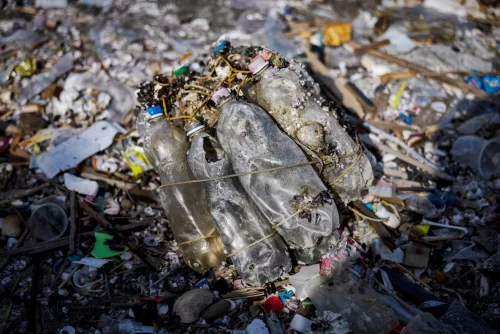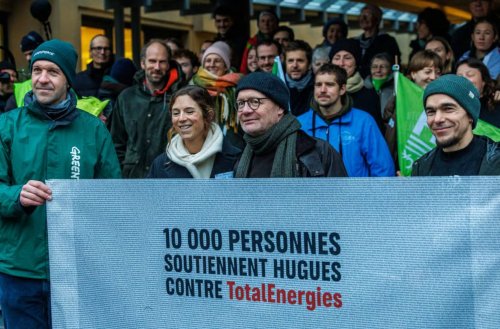Despite the Global Promise to Reduce Methane Emissions at the Glasgow Climate Conference, emissions are growing faster than the resumption of oil, gas and coal production following the weakening of the COVID-19 pandemic.
This is stated in a study by Kayrros, which analyzes satellite data, reports The Washington Post.
Methane is a powerful greenhouse gas that has caused global warming more than 80 times in the first 20 years compared to carbon. A global promise to reduce these emissions by 30% by 2030 has been signed by 110 countries.
"This is a wake-up call for the fossil fuel industry," said Antoine Halff, co-founder and chief analyst at Kayrros.
In the Permian Basin, the most productive oil and gas basin in the United States, methane emissions in the first quarter of 2022 increased by 33% compared to the previous quarter and by 47% compared to the first quarter of 2021.
Increased methane emissions exceeded oil and gas production. Emissions for the first quarter of 2022 also exceeded emissions in the fourth quarter of 2019 before the pandemic.
Halff said there was no specific explanation for the change in methane intensity, but it could be caused by a rapid increase in oil and gas drilling over the past few months, particularly from drills that may pay less attention to emissions.
The report said the number of US natural gas super-emitters - extremely fast methane emissions - had returned to 70, the level before the pandemic. If this rate is maintained, the number of superradiators will reach 168 in 2022 in the United States, 59% of which will be in the Permian Basin.
Emissions have also increased at the Appalachian coal deposits. As production began to recover in 2021 (increased by 13%), emissions also grew faster, namely by 20%.
"The increase in methane intensity in coal mining in the Appalachians means that its contribution to climate change is steadily increasing, even if its contribution to electricity production is declining," the report added.
In the Marsellus gas basins in Pennsylvania and Ohio, the intensity of methane production decreased after the pandemic, but has already returned almost to previous levels.
In Algeria, methane emissions from the Hassi R'Mel gas basin have also increased significantly. The report said this was due to an increase in Algerian gas to replace Russian but old, leaky equipment.
We will remind, in NOAA emphasized that the level of methane in the atmosphere reached a historic high.
As EcoPolitic reported earlier, in the US, satellites recorded powerful methane emissions from cattle.





